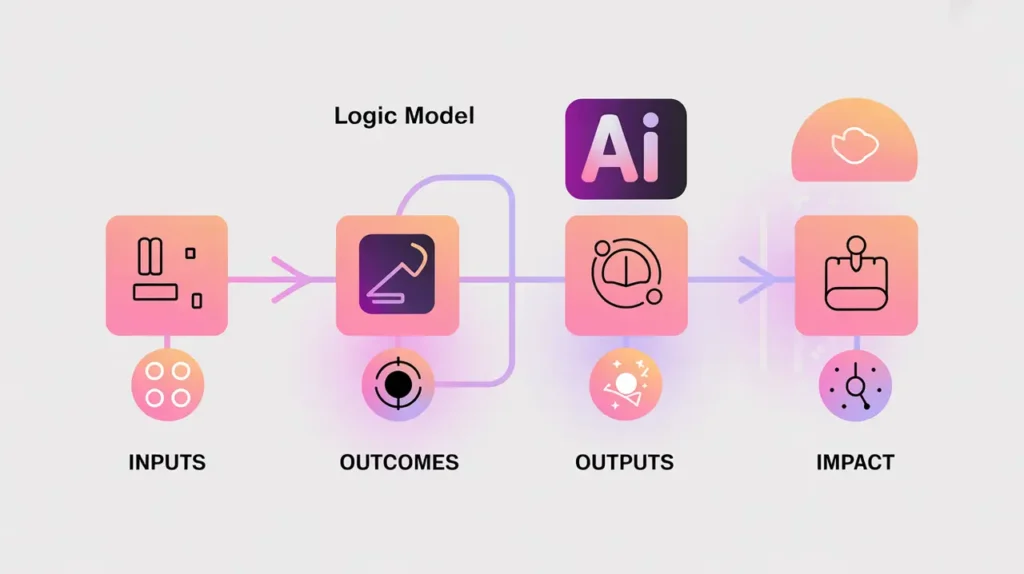Importance of Digital Transformation for Social Impact
Digital Transformation for Social Impact refers to the integration of digital technologies and approaches into the strategies, operations, and services of mission-driven organizations. The goal is not only to modernize operations but also to enhance equity, reach underserved populations, and accelerate progress toward social good. Its importance today lies in the convergence of rapid technological advances with pressing global challenges, creating opportunities to reimagine how impact is delivered at scale.
For social innovation and international development, digital transformation matters because organizations must adapt to remain relevant and effective. By embedding digital tools thoughtfully, they can expand access, improve efficiency, and unlock new forms of collaboration with the communities they serve.
Definition and Key Features
Digital transformation involves more than adopting technology. It requires shifts in culture, processes, and organizational models. It spans areas such as cloud migration, AI integration, data governance, digital service delivery, and workforce upskilling. Global examples include governments digitizing social services, nonprofits leveraging mobile platforms for education, and NGOs adopting AI for crisis response.
It is not the same as digitization, which simply converts analog processes to digital form. Nor is it equivalent to digital innovation alone, which emphasizes new tools without systemic change. Digital transformation is holistic, combining technology adoption with organizational redesign.
How this Works in Practice
In practice, digital transformation may include introducing AI-powered beneficiary management systems, digitizing field data collection, or using predictive analytics to anticipate needs. Success depends on aligning technology with mission, securing leadership buy-in, and investing in change management. Crucially, digital transformation requires balancing efficiency with inclusivity, ensuring that marginalized groups are not excluded by technological barriers.
Challenges include digital divides, lack of resources, and the risk of technology-driven decision-making that overlooks human context. Transformation must be iterative, guided by evidence and responsive to community needs.
Implications for Social Innovators
Digital transformation enables mission-driven organizations to increase scale and deepen impact. Health programs use digital platforms for remote diagnostics and telemedicine. Education initiatives adopt adaptive learning technologies to reach underserved students. Humanitarian agencies deploy digital tools for aid delivery, crisis mapping, and beneficiary accountability. Civil society organizations leverage digital transformation to expand participation, advocacy, and transparency.
By approaching digital transformation as a mission-aligned journey rather than a technical upgrade, organizations create pathways for sustainable, equitable, and scalable social impact.







